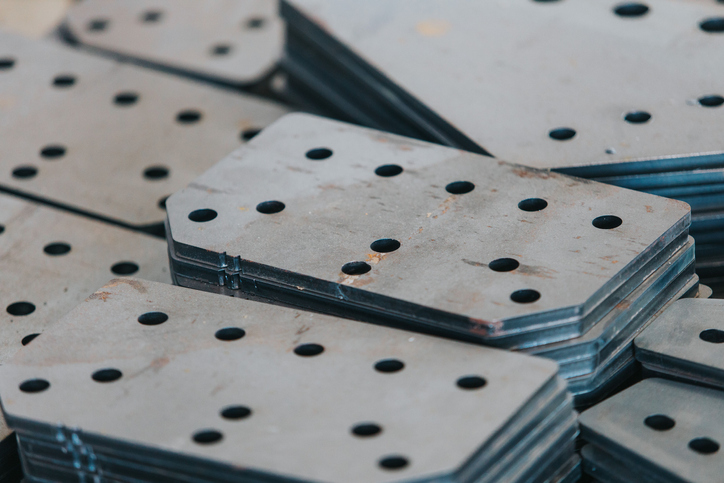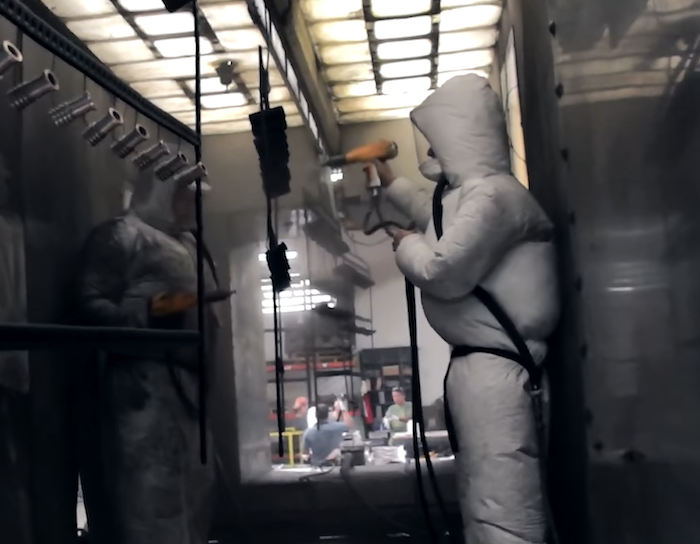Grating is a firm structural platform that provides adequate support for static and moving loads on walkways. Many establishments utilize floor gratings as an alternative to steel plates and concrete for walkways. This is because of the several advantages that they offer. In this article, we review the benefits of gratings, pre-installation process, grating installation methods, and post-installation procedure.

Advantages of Gratings
Grating installations are on the rise in industrial applications due to the benefits they offer. They are lightweight, affordable, and low maintenance while providing excellent strength. Also, gratings have aesthetic appeal and are easy to install, offering good ventilation and slip resistance. Often the material is reusable or recyclable, which makes grating more environmentally friendly than most alternatives. In addition, gratings provide a great degree of versatility, allowing for their use on bridges, commercial-grade catwalks, drain and gully covers, jetties, steps, etc. Different types of materials can serve in manufacturing gratings, depending on the project specifications and their application. Common grating materials include steel, aluminum, and fiberglass-reinforced plastic.
Grating Pre-Installation Process
Grating installation for walkways is a simple process but requires careful planning and execution to meet specific requirements. Before the actual installation, there are some necessary steps to take, which are as follows:
- Check and make certain the grating type, size, and material are according to project specifications.
- Study the layout drawings and ensure the placement of each grating panel at the appropriate location.
- Ensure the work site is clear of obstruction, and walkway support members are level and free of any hindrance.
- Make available all tooling and material requirements for the job
Methods of Steel Grating Installation
There are a variety of installation methods available for steel gratings. Some common methods include welding, fasteners, and angle steel fixing, with each method having its unique features.
Welding Installation
This method involves welding the grating to supporting steel members or frames of the walkway. It is common for permanent installations, offering ease of installation, rigid connections, and a cost-effective approach. Steps during welding installation include:
- Prepare the work surface for welding by cleaning. Remove impurities, water, and paint completely before hot work operations (grinding, cutting, and welding).
- Welding to the frame should at least be at the four corners of the steel grating. For heavier-duty applications or ones with a greater span, additional points and support may be a requirement.
- After the completion of welding, apply coating according to the project specifications or environmental requirements. This would ensure a longer lifespan of the structure.
Fastener Installation of Steel Grating
Fasteners offer a lot more flexibility in comparison to welding, as they can easily be coupled and decoupled. There are a host of fasteners available in industry, but the most common are grating clips. The design of these clips allows for quick installation, saving time and labor costs during construction and installation. Clips are ideal for temporary setups like when in need of access to equipment or structures during maintenance and repair. These fasteners enable easy removal and reinstallation of gratings without compromising their integrity. There are a variety of grating clips available in the industry including saddle clips, F-clips, I-clips, and Z-clips.
One rule of thumb when installing grating clips is to use one clip on each corner of a grating section, at least one clip for each intermediate support, and one clip for every 4 ft2 of a walkway. But when vibrations are high or loads are heavy, using one clip for every 2.5 ft2 of walkway will suffice. Other important measures during installation are as follows:
- Install the upper clip on the top of the grating, and align it at the support member to be joined with the lower clip
- Place the lower clip in alignment with the upper clip below the support with the hole for the bolt and nut also in alignment.
- Fasten the bolts and nuts securely to ensure proper support.
Angle Steel Fixing
Installing gratings on angle steel is a method that is suitable as both a temporary and permanent measure. It entails fixing the angle steels on grooves, on both sides of a walkway. Then the grating on the two angle steels in a way that provides support from the bottom and sideways. When serving for temporary measures, laying the grating on the angle steels could be enough. But, in the long term, filling the angle steel with mortar may be necessary to improve stability, avoid slipping, and prevent theft. Fasteners like bolts can also serve to strengthen the connection between the grating and angle steel.
Post-Installation of Grating
After the installation of grating on the walkway, the following procedures can be carried out as a final check on the work done.
- Inspect the grating: Visually inspect the grating for damage and proper fastening.
- Test the grating: Perform a load test to ensure the grating can withstand the intended load.
- Clean up: Remove all debris, tools, and materials from the installation area.


